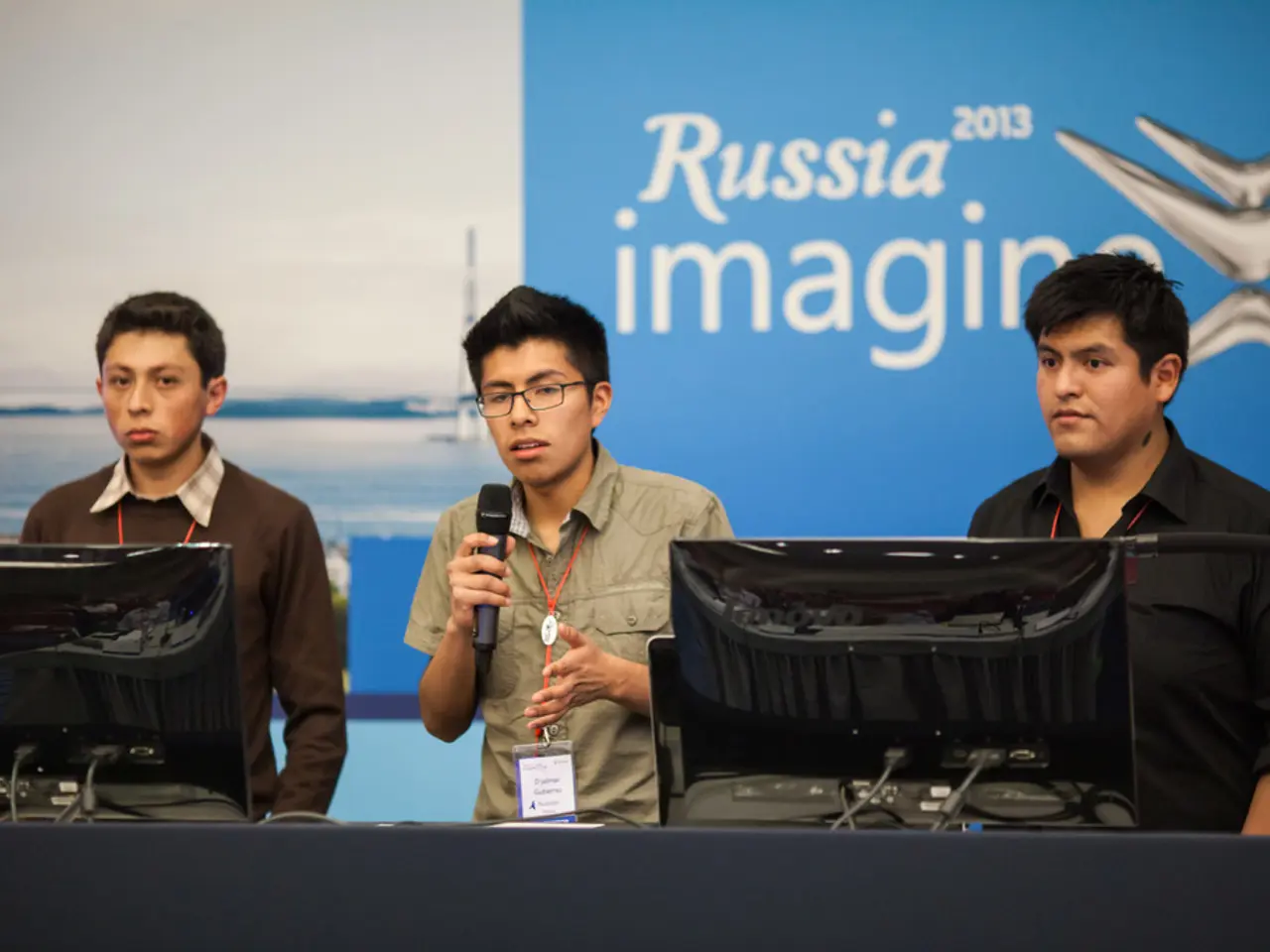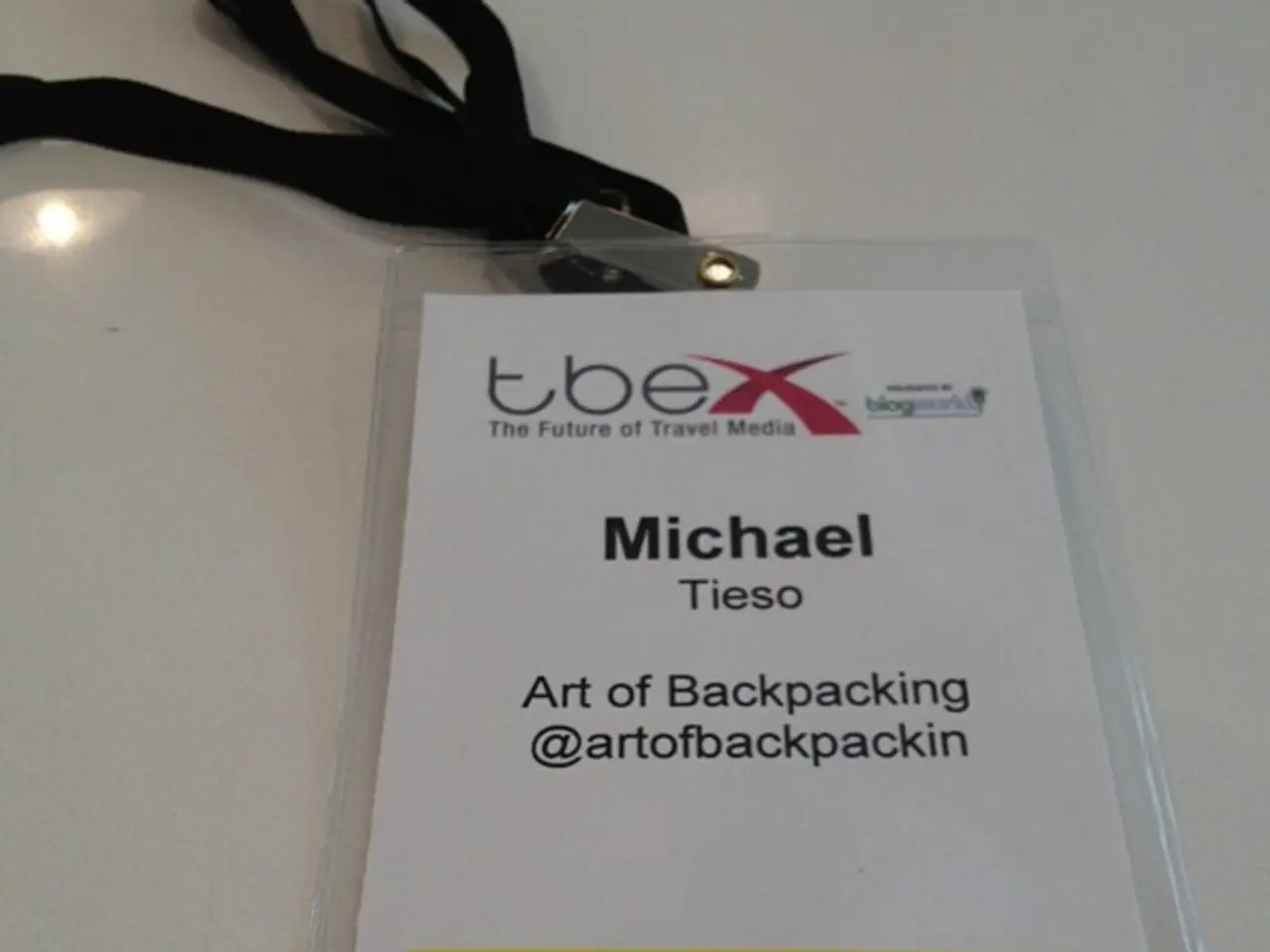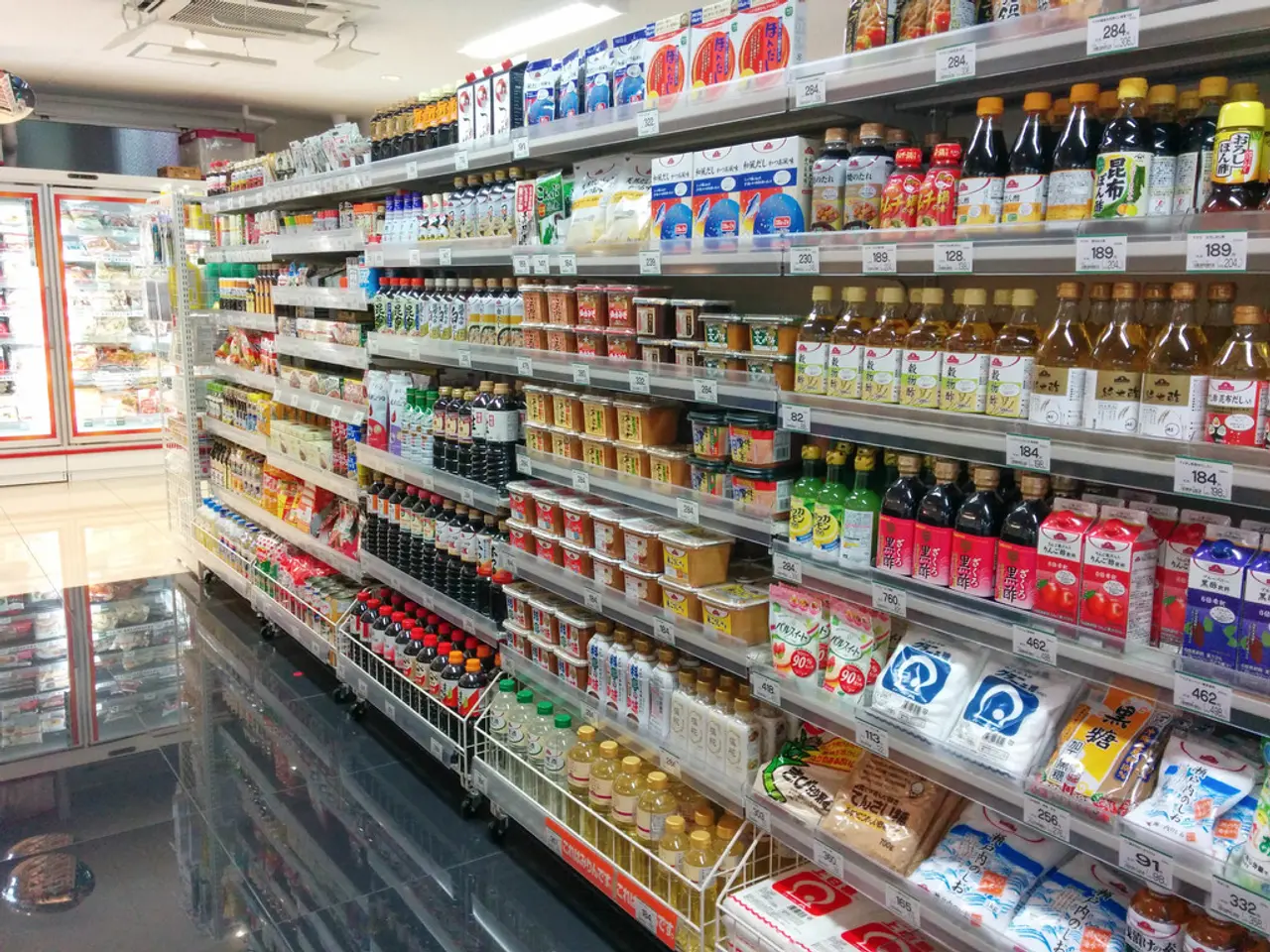Trade Policy Outmaneuvered by "Self-reliant India" Narrative, as per Sanjaya Baru's Account
India is currently navigating a complex landscape as it seeks to negotiate a free trade agreement (FTA) with the United States. The negotiations are fraught with challenges, primarily centred around tariff reductions, sectoral sensitivities, and political-economic considerations.
The U.S. currently imposes a 10% tariff on Indian products, with an additional 26% reciprocal tariff suspended temporarily until July 9, 2025. India is advocating for full relief from this supplementary tariff to safeguard its exports. The agriculture and dairy sectors, as well as the automotive sector, are areas of major concern for India, with the country keen to protect its domestic farmers and industries.
India is also pushing for duty concessions on goods from labor-intensive sectors such as textiles, gems and jewelry, leather, garments, plastics, chemicals, shrimp, oil seeds, grapes, and bananas. This is crucial for safeguarding millions of livelihoods and maintaining export competitiveness.
Indian officials have emphasised the importance of not rushing deals based on external deadlines, underscoring that national interest is paramount. The timing of negotiations is politically sensitive, given the U.S. tariff suspension expiry and broader American trade policy under the Trump-era legacy.
Strategies India is employing or likely to employ include finalising a mini trade deal around the tariff suspension deadline to secure some tariff relief and prevent trade disruption. India has also defined firm red lines in key sectors to avoid unfavourable concessions. By first pursuing an interim deal, India is allowing space and time for more comprehensive discussions post-July 9, enabling resolution of complex issues over a longer horizon.
Balancing domestic and diplomatic priorities, India is seeking to deepen trade ties with a strategic partner like the U.S., while protecting domestic industries and farmers. A policy option for the government is to come out with a timetable for trade liberalisation and tariff reduction, setting firm dates for sectors.
The negotiations are taking place against the backdrop of India's protectionist economy, which remains more guarded by Asian standards. The Monsoon Session of Parliament is two weeks away, posing a political risk for Prime Minister Narendra Modi to commit to a trade deal with President Trump without facing criticism at home.
The world questions India's protectionist policies given its status as a "rising power" and a "leading economy". The United States insisting on trade liberalisation in farm produce could lead to domestic political backlash in India and Japan. The Narendra Modi government has faced criticism for agreeing to a ceasefire with Pakistan under pressure from President Trump, further complicating the trade negotiations.
- The negotiations between India and the United States on a free trade agreement (FTA) involve discussions on finance, business, and politics, particularly focusing on tariff reductions and sectoral sensitivities like agriculture, dairy, automotive, textiles, and labor-intensive sectors.
- Indian officials are working towards a balanced approach in the FTA talks, prioritizing the general-news of safeguarding domestic industries and farmers while deepening trade ties with the United States, and considering a policy option of setting a timetable for trade liberalization and tariff reduction.




